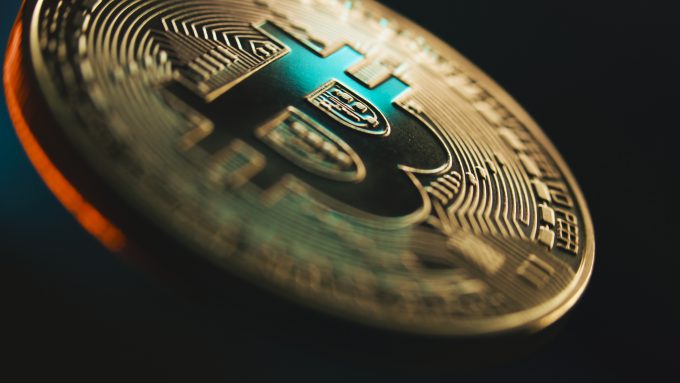Galaxy Digital, the New York-based digital asset investment firm led by Mike Novogratz, is reportedly preparing to launch its own tokenized money market fund. The move signals a new phase in the growing intersection of traditional banking concepts—such as deposits and interest rate–based investments—with blockchain technology and digital banking platforms. For investors and the broader financial system, this initiative highlights both the opportunities and challenges of adapting established products to the digital era.
What Is a Tokenized Money Market Fund?
A money market fund is a type of investment vehicle that typically holds short-term, low-risk financial instruments like Treasury bills or commercial paper. Investors use these funds as a safe place to park deposits while earning modest interest rates, often treating them as an alternative to checking accounts or savings deposits.
A tokenized money market fund takes this familiar concept and places it on a blockchain, such as Ethereum, Solana, or Stellar. Instead of holding shares through a traditional brokerage account, investors receive tokens that represent their stake in the fund. This digital structure promises faster settlement times, greater liquidity, and easier transferability—similar to sending cryptocurrency but backed by assets tied to traditional finance.
How It Impacts Customers and Businesses
For individual investors, Galaxy’s fund could provide instant liquidity and a simple way to earn yield without navigating traditional intermediaries. Tokenization also lowers barriers to entry by allowing fractional ownership, meaning smaller deposits can access the same returns as large investors.
Businesses could benefit from more efficient cash management. Instead of relying solely on checking accounts or loans, firms could move idle balances into a tokenized fund that provides daily liquidity and earns interest. The digital design could streamline transactions and reduce operational costs, particularly for companies already engaged in digital banking ecosystems.
Implications for Banks and Regulation
Galaxy’s move follows the footsteps of BlackRock’s BUIDL fund and Franklin Templeton’s BENJI token, signaling that even large traditional finance players are betting on blockchain-enabled funds. For banks, this presents both competition and opportunity. On one hand, tokenized funds could draw deposits away from conventional accounts, potentially affecting the availability of credit and loans in the banking system. On the other, banks might adopt similar innovations, offering their own tokenized products to remain competitive.
Regulators will face pressure to balance innovation with stability. Questions around custody, investor protection, and the role of custodians like Anchorage Digital will become increasingly central as more funds migrate onto blockchains.
Broader Economic Outlook
If Galaxy’s fund succeeds, it could further normalize tokenization as a bridge between crypto and mainstream finance. This evolution may ultimately influence how mortgages, loans, and even credit products are structured, shifting more of the financial system toward programmable, blockchain-based assets.
The broader implication is clear: as tokenized funds grow, they could reshape liquidity flows across both digital and traditional markets. For investors, the trend signals a future where digital banking and traditional interest-bearing products converge. For banks, it’s a reminder that the competition for deposits—and the trust of savers—will increasingly come from outside their own walls.
Forward View
The launch of Galaxy Digital’s tokenized money market fund highlights how quickly finance is evolving. As tokenization spreads across asset classes, investors and banks alike will need to adapt to a system where liquidity, transparency, and innovation redefine the basics of deposits, loans, and credit. The next phase of digital banking may no longer be about choosing between tradition and innovation—but learning to operate at the intersection of both.












https://shorturl.fm/ac3BE